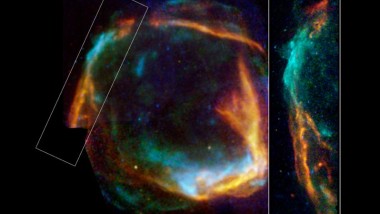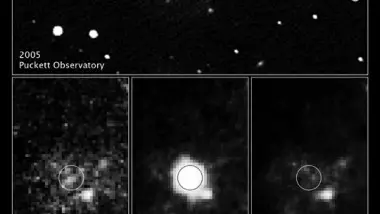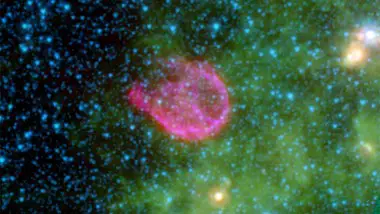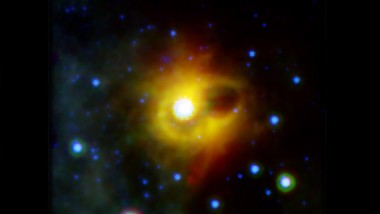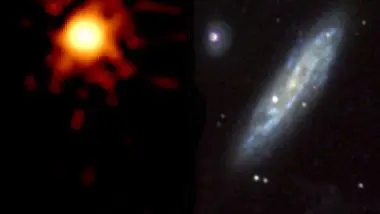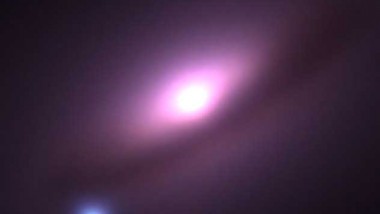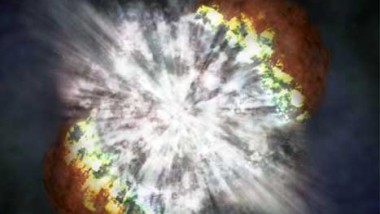Two teams of astronomers, one from the Max Planck Institute for Radio Astronomy in Bonn, Germany, and one from the Paris Observatory, France, have recently used the European Southern Observatory’s Very Large Telescope to study Betelgeuse, the second brightest star ...
Milky Way’s Particle Accelerators
Researchers from the Astronomical Institute at Utrecht University have been observing the Milky Way’s particle accelerators. Using data from NASA’s Chandra X-Ray Observatory and European Southern Observatory’s (ESO) Very Large Telescope, the researchers have determined that cosmic rays from our ...
Huge Supernova Baffles Scientists
Scientists from the Weizmann Institute of Science in Israel and San Diego State University have observed an explosion of a star 50 times larger than the sun. In what they call a “first observation of its kind” the scientists were ...
Luminous Object Confirmed as Supernova
An international team of astronomers have confirmed that a radio and x-ray luminous object is indeed a supernova, as has long been suspected. Located only 12 million light years away in a nearby galaxy, there is an abundance of observational ...
Strange Ring Found Circling a Dead Star
NASA’s Spitzer Space Telescope has detected an unusual ring of material surrounding the magnetic remains of a blasted star. The stellar ‘corpse’, called SGR 1900+14, belongs to a class of objects known as magnetars, which are the cores of massive ...
Swift Catches Exploding Star
NASA’s scientists recently used the Swift Satellite in order to see a star explode and become a supernova. Although over the past 100 years astronomers have observed thousands of supernovas, every time it was seen, it was only after the ...
Red Novae – New Type of Supernovas
Astronomers have discovered a new class of stellar explosions that are larger than a regular nova but not quite as large as a supernova. The researchers speculate the event is the result from the merger of two ordinary stars 49 ...
Brightest Supernova Ever
A hundred times more energetic than a typical supernova, the death of an extremely massive star in the galaxy NGC 1260, some 240 million light years away from earth, was recently observed by NASA’s Chandra X-ray Observatory as well as ...


